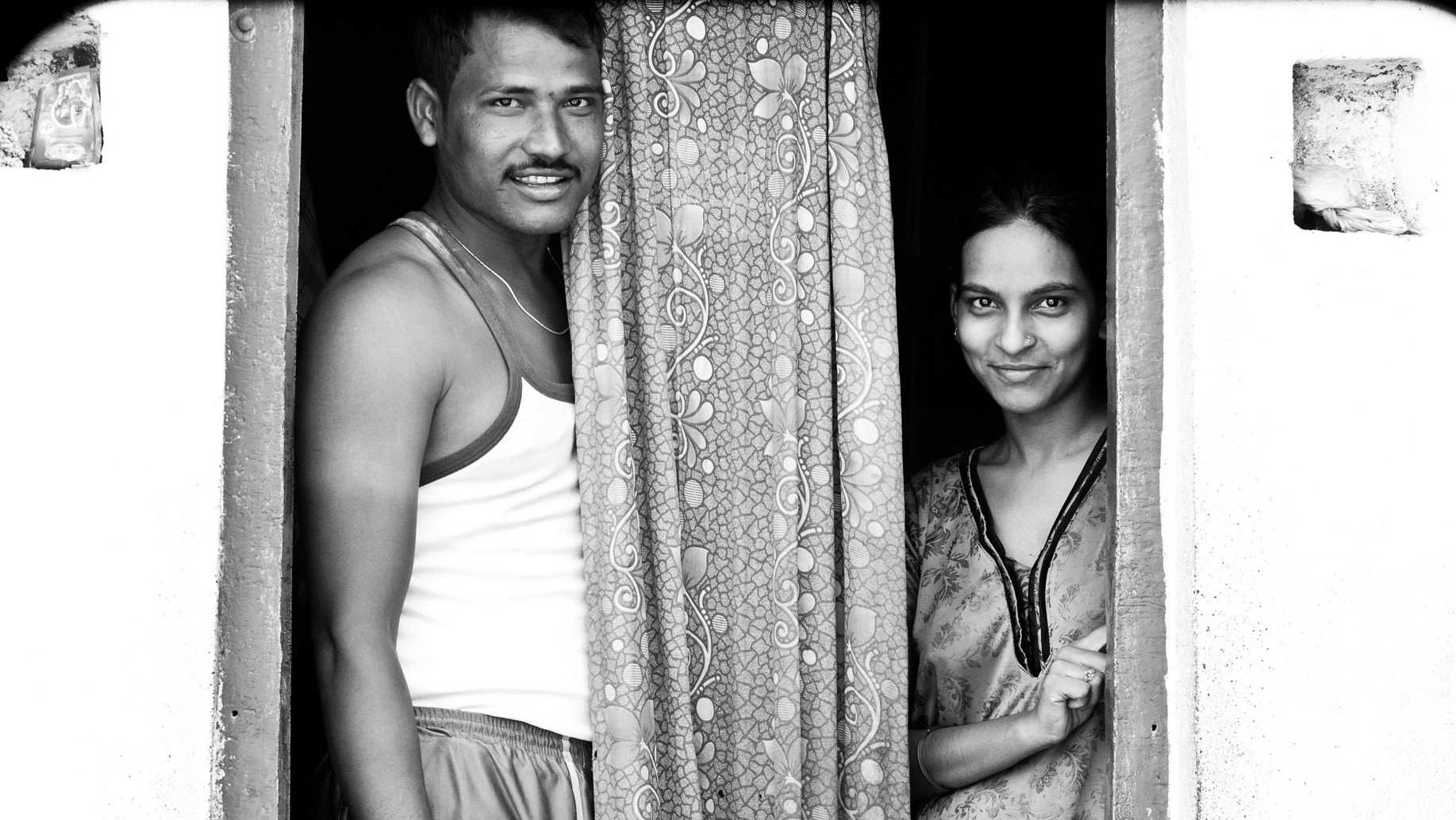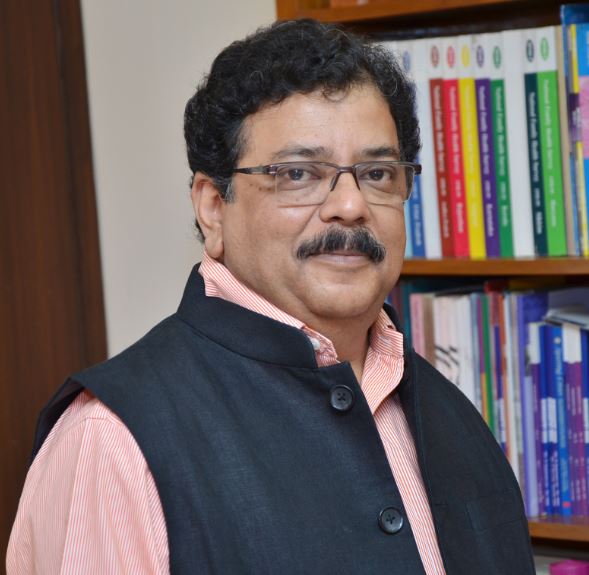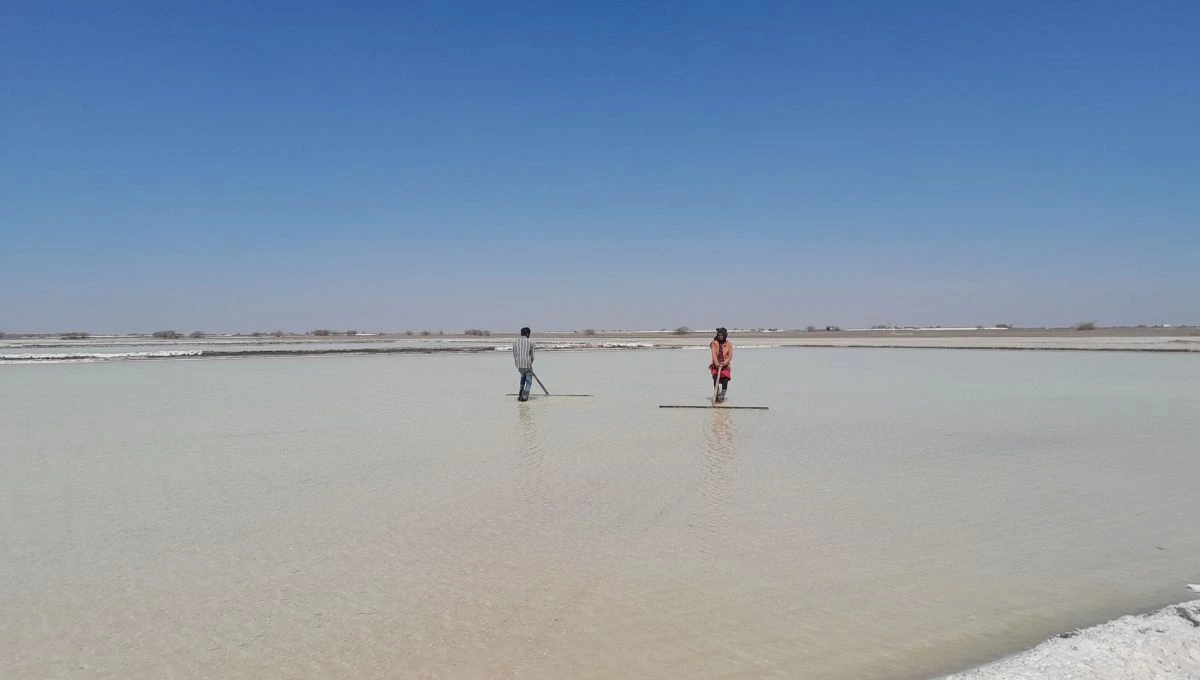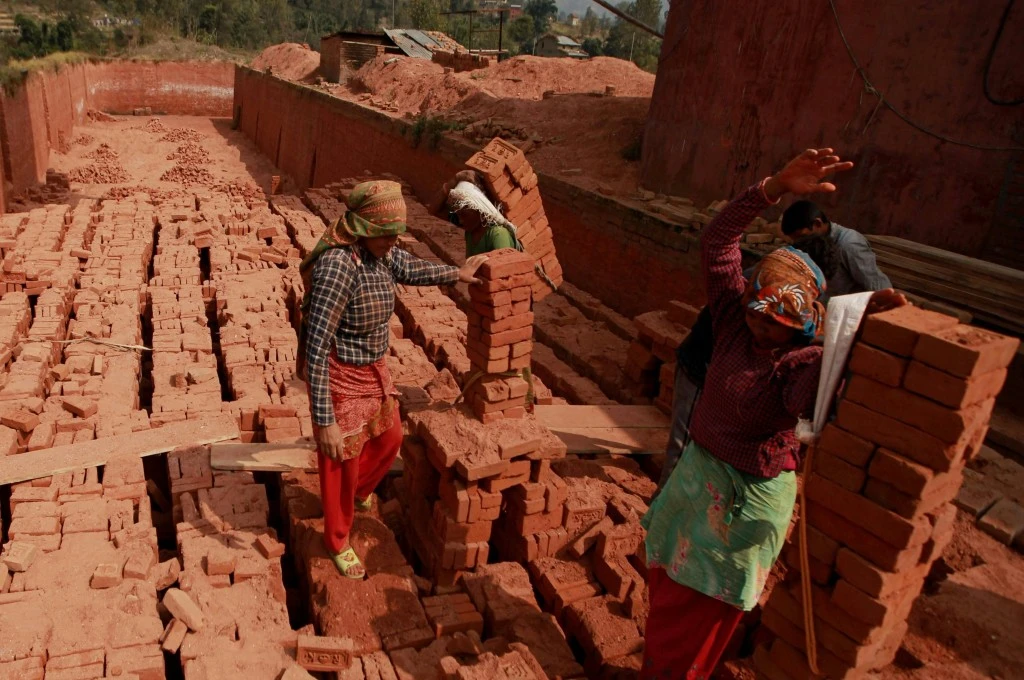Global commitment to women’s economic empowerment (WEE) has never been stronger. In the past decade or so, WEE has become a popular development buzzword, and has mobilised discourse, funding, and programming on gender equality and women’s rights.
Everyone is on board—international agencies, governments, multinational corporations, foundations, nonprofits, and so on.
Following the publication of the 2012 World Development Report, the goal of WEE has been famously branded as ‘smart economics’—better not just for women themselves, but for economic growth and development at large.

According to a 2015 report by the McKinsey Global Institute, bridging the gender gap in the workplace could lead to an addition of 60 percent in annual GDP for India by 2025. Programming on WEE has also flourished across various sectors, with key linkages in the fields of education, health, violence, conflict, and so on. However, one critical set of stakeholders is largely absent in the buzz around WEE: men.
Men and gender equality
Discourses around men’s role in generally supporting women’s advancement are not new. Chant and Gutmann were the first to use the term ‘men-streaming’, and argued that incorporating men into gender and development interventions is a critical and necessary part of gender mainstreaming.
Widespread recognition of the relationality of gender, along with criticisms of the ‘women-focused’ approach of gender and development has led ‘engaging men and boys’ to become a buzzword of its own. As power-holders in predominantly patriarchal societies, men are increasingly being pushed to use their positions of privilege to challenge deeply-held inequitable norms and structures.
In India, several platforms and programmes have emerged to foster men’s engagement, and the evidence is promising[i]. However, mirroring global trends, most initiatives in India that involve men are located primarily in the realms of violence against women and sexual and reproductive health.
WEE initiatives are largely myopic in their approach, and often fall short of situating women’s poor economic status within the context of their unequal power relations with men.

What do men have to do with WEE?
WEE interventions have principally focused on women—and rightly so, for women bear the brunt of gender-based socioeconomic inequities, and for long have been marginalised within the broader discourse on economic development. The flourishing of WEE globally has brought forth women’s voices and experiences and placed them at a centre stage, which is an achievement worth celebrating.
However, failure to recognise the role of men and masculinities in women’s lives and integrate it within WEE programming reflects an incomplete understanding of gendered realities; and can pose a significant barrier to both women and men’s economic well-being. In simple terms, WEE without integrating men, is not-so-smart economics.

Photo courtesy: Charlotte Anderson
Gender relations are complex and interconnected
The widespread, glaring absence of men within WEE discourse and programming is best reflected in popular interventions such as microcredit and conditional cash transfers (CCT). These interventions tend to focus solely on women, without meaningful engagement with male relatives to challenge their norms, behaviour, and attitudes. This raises several important questions.
- How do these initiatives interact with existing intra-household dynamics?
- Do women retain control over the resources mobilised through these initiatives?
- Who in the household decides how the additional resources are utilised?
Hostilities between men and women need to be addressed
It is impossible to achieve real empowerment for women without first involving men as supportive allies. WEE approaches that target only women can lead to the emergence of tensions and hostilities between men and women.
Poor and marginalised men, in particular, are already struggling to maintain their breadwinner status within their families and may perceive WEE interventions as a direct threat to their positions within the status quo.
Studies from around the world—including India—have demonstrated that many women engaged in paid work, vocational training, and other economic activities are at heightened risk of experiencing domestic and other types of violence. These studies further underscore the importance of integrating men into WEE initiatives and challenging norms around masculinity for both men and women’s wellbeing.
Women’s workload needs to be accounted for
Men’s exclusion from WEE initiatives also has very real consequences on women’s workload. WEE initiatives often treat women as a ‘one-stop’ solution and ‘cushion’ for economic struggles, and further reinforce the gendered division of labour rather than challenge it. There is a growing body of literature suggesting that CCT interventions that target only women have serious ramifications on their time poverty and overall well-being.
Equally important is WEE programming on women’s unpaid care work, which is gradually engaging men in important conversations surrounding the value of care, the distribution of household work, and men’s own roles as husbands and fathers.
The 2017 State of the World’s Fathers report brings these issues to the forefront, and highlights evidence that parent training initiatives for men can reduce violence, increase fathers’ involvement in childcare, and expand overall gender equality in participating families. This is particularly important for WEE as women’s numerous domestic responsibilities can often constrain their options for productive work, as well as leisure and participation in civic and political life.
So how can we ensure that our engagement with men and boys promotes WEE that is truly holistic in its character and comprehensive in its scope?
Engaging men across multiple levels
It is widely acknowledged that women’s economic well-being is determined by factors at various levels including the family or household, the larger community, and the legal and policy level.
The 2014 ILO-WED issue brief on engaging men in WEE interventions draws upon existing literature and intervention evaluations to highlight the importance of working across these various levels.
- Within the family/household: WEE interventions can invite men to participate in trainings and capacity-building activities targeting women, as well as engage male household members specifically to challenge gender inequitable norms and practices..
- At the community level: Awareness raising through campaigns, participatory sessions, and cultural activities can help transform harmful norms and stereotypes, Empowering and promoting context-specific male role models and champions can be an effective way to ‘use men to change other men’.
- At the legal/policy level: Laws and policies promoting healthy masculinities can act as the backbone to interventions that encourage men to participate in childcare and challenge norms on gendered divisions of labour.
Any project that promotes gender equality requires men to yield the relative privileges that they possess.
For example, India lacks national-level laws on paternity leave and benefits, and men are largely absent from policies on reproductive and child health. Interventions that encourage men to spend more time on childcare and engage with their children will continue to be held back unless gaps in national laws and policies are addressed.
Given their control over social, political, and economic resources, men are gatekeepers for gender equality and are a necessary part of any strategy to advance women’s empowerment.
Engaging with men across multiple ecological levels is essential for advancing WEE. This is not an easy task, for any project that promotes gender equality requires men to yield the relative privileges that they possess and build more equitable relationships with women (and other men).
Engaging with men, or ‘men-streaming’, can thus reduce hostilities between men and women, and foster their positive involvement and contribution toward WEE and the larger goal of gender equality.
–
[i] In India, the MenEngage-associated Forum to Engage Men (FEM) is actively involved in advocacy, policy debates, program development, and activism in this area. ICRW has also spearheaded several programs that engage men and boys, including Parivartan, Yaari-Dosti, GEMS, and PAnKH.





